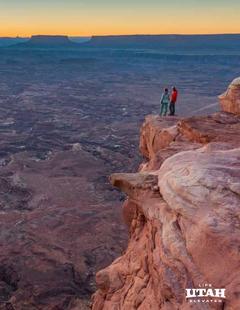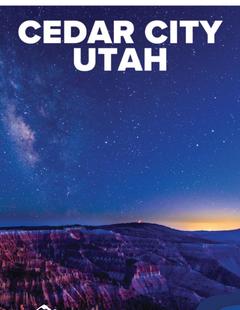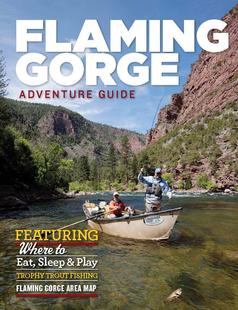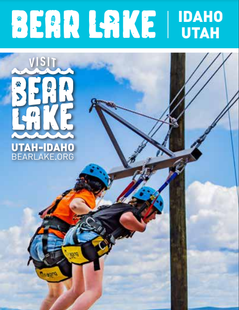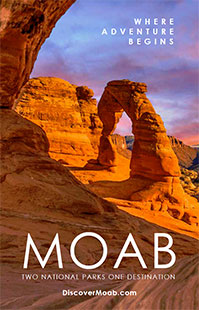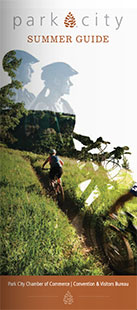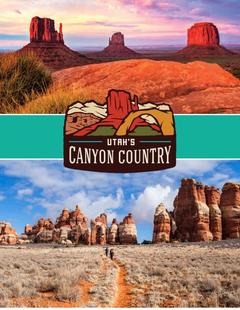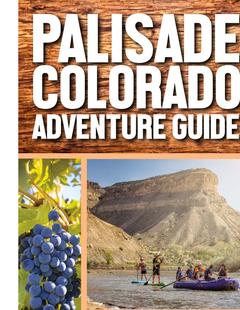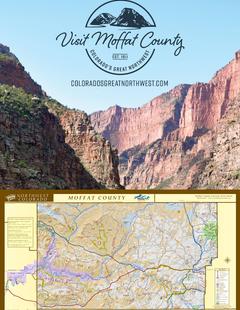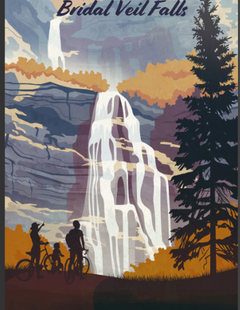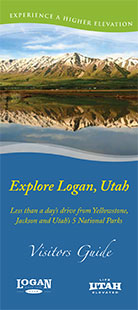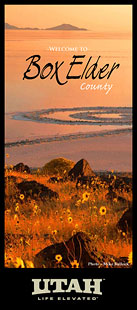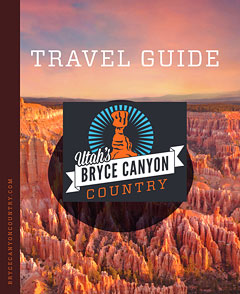Basics
- Length:
- 55 miles (88 km)
- Time:
- 2 hours to drive the byway.
- Fees:
- There are no fees to drive the byway; however, campgrounds and attractions may charge fees.
Description
Brian Head-Panguitch Lake Scenic Byway climbs up Parowan Canyon's white, gold, red and yellow rock pillars and cliffs, traveling between its two town anchors, Parowan and Panguitch. As you travel this rolling route through varying elevations, note the distinctive combination of colorful scenery and ancient history.
The byway's two towns, Parowan and Panguitch, are worth exploring. Parowan is the west anchor, and Panguitch takes up the eastern end of the byway. Both towns were settled about 150 years ago by Mormon Pioneers. Visit the historic sites here, and see a number of original pioneer buildings and houses that are still being used. In Panguitch, walk around Main Street, which still upholds an old-fashioned look and feel. For a relaxed afternoon, go fishing in Panguitch Lake, from which the byway gets half of its name.
Just south of Parowan, head to the Parowan Gap, a petroglyph site. Here, you'll get your first taste of archaeology along the byway; Fremont and Piute Indians carved their life stories into the walls of the canyon hundreds of years ago. Then visit the Vermillion Cliffs Area, aptly named for the reddish silt cliffs tainted by iron oxide. Part of the Grand Staircase of the Colorado Plateau, flaming red and orange hoodoos line the canyon. Be sure to bring along a camera, as this is one of the most photogenic places along the byway.
As you continue along your way, a section of the route brushes the top of Cedar Breaks National Monument, an amphitheatre canyon eroded out of the western edge of the Markagaunt Plateau. The monument is quiet, and you'll find yourself surrounded by many flora and fauna. Wildflowers bloom in bursts in June, adding a true spectrum of color to the area. Wildlife commonly wander around the region, allowing you to see animals such as deer, pikas, marmots, and porcupines. You can meander through meadows, or follow one of many hiking trails, one of which leads to Alpine Pond.
Dixie National Forest is home to Brian Head Peak, which reaches 11,315 feet and gives the byway the other half of its namesake. Covering nearly 2 million acres, the topography of the forest ranges from plateaus and forests to canyons and rivers. Notice several plateaus in this area, many covered with thick forests of pine, fir, and spruce. Look over the Colorado River canyons, down steep cliffs and gorges carved by the Colorado River over time. Atop these canyon walls, see the archaeological remnants left behind by the Anasazi Indians, the "Ancient Ones." Admire the petroglyphs and pictographs etched into stone thousands of years ago or their pueblo cliff dwellings that still sit high on unreachable canyon walls.
As you travel the Brian Head-Panguitch Lake Scenic Byway, you'll find yourself in two different worlds, one filled with diverse natural features, and another in which you get a glimpse into history ranging from 150 years old to thousands of years old. Take your time as you travel, stopping to partake of the intriguing omnipresence of the byway's nature and history.














